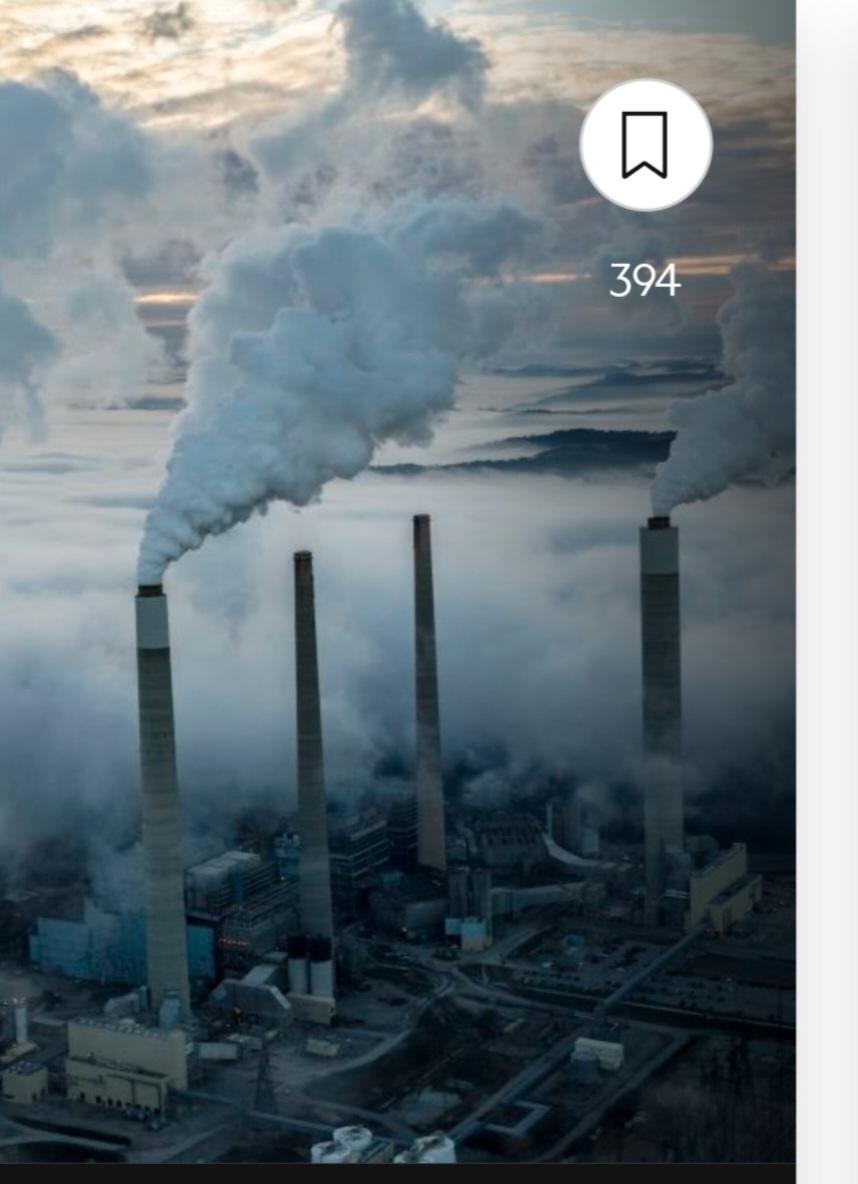Global warming refers to the increase in the planet’s overall average temperature in recent decades. Natural processes have always affected Earth’s temperature and climate, but more recently, the planet’s temperature and climate have changed at a higher pace than nature alone can explain. These rapid changes are due to human activities and the widespread use of fossil fuels for energy.
Fossil fuels include coal, oil and natural gas. Burning fossil fuels causes what is known as the “greenhouse effect” in Earth’s atmosphere. The greenhouse effect happens when the sun’s rays penetrate the atmosphere, and the Earth’s surface reflects that heat. Some of the gasses in the atmosphere then trap heat over Earth. Gasses emitted by the burning of fossil fuels are very good at trapping heat and preventing it from leaving the atmosphere. These greenhouse gasses are carbon dioxide, methane, nitrous oxide, chlorofluorocarbons and water vapor. The excess heat in the atmosphere has caused the planet’s average global temperature to rise over time, otherwise known as global warming.
The Industrial Revolution, beginning in the mid-18th century, led to the start of an anthropogenic (human-caused) rise in greenhouse gas emissions from Europe and the United States. The invention of the coal-fired steam engine introduced coal as a major source of energy. Soon it was heating homes and fueling machines in factories.
Since that time, the burning of fossil fuels has steadily increased. Today, many countries around the world use fossil fuels to generate energy for electricity, heat and transportation. Emissions of greenhouse gasses have skyrocketed in the last 100 years, and especially since the 1980s. This has accelerated the rise in Earth’s temperature.
Global warming has presented humans with another issue: climate change. People often use the terms “global warming” and “climate change” interchangeably, but they are different. Global warming refers to Earth’s rising average temperature, while climate change refers to changes in weather patterns and growing seasons around the world. Global warming causes climate change, which poses a serious threat to life on Earth.
Humans are feeling the impact of global warming around the world as climate change brings intense droughts, wildfires and extreme storms with heavier rainfall. Higher temperatures are altering ecosystems, forcing animals to migrate to cooler places to survive. Scientists predict that, if nothing is done to lower global temperatures, many species will go extinct.The ocean is also warming, and glaciers, ice caps and ice sheets are melting. This is causing sea levels to rise, creating flooding problems for many people who live on islands and in coastal communities.
Corals have been a symbol of the consequences of a warmer ocean. Many coral reefs—home to thousands of species of fish and other organisms—are dying. National Geographic Explorer Shireen Rahimi is an underwater storyteller who focuses her lens on the impact of global warming on tropical coral reefs. Her images capture humans’ relationships to the changing seas in the South Pacific, the Coral Triangle, and the Caribbean. Rahimi is dedicated to telling personal stories that encourage environmental action.
Countries around the world are trying to lower greenhouse gas emissions to slow global warming. In 2015, nearly 200 countries signed the Paris Agreement at a United Nations Climate Change conference. The international treaty tasks each country with lowering greenhouse gas emissions. The goal is to slow the pace of global warming and prevent Earth’s temperature from rising 2°C (3.6°F) above pre-industrial temperatures.

